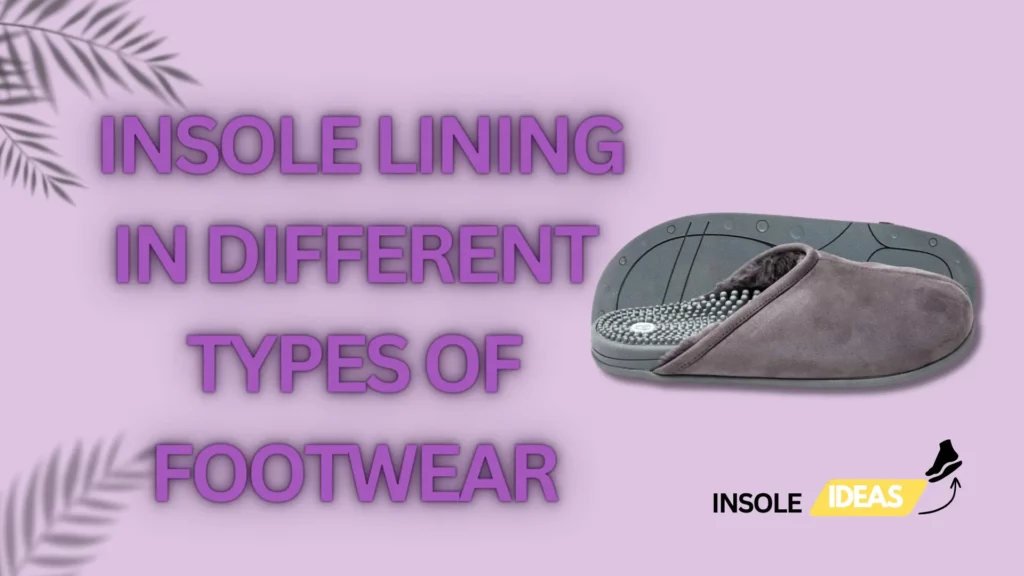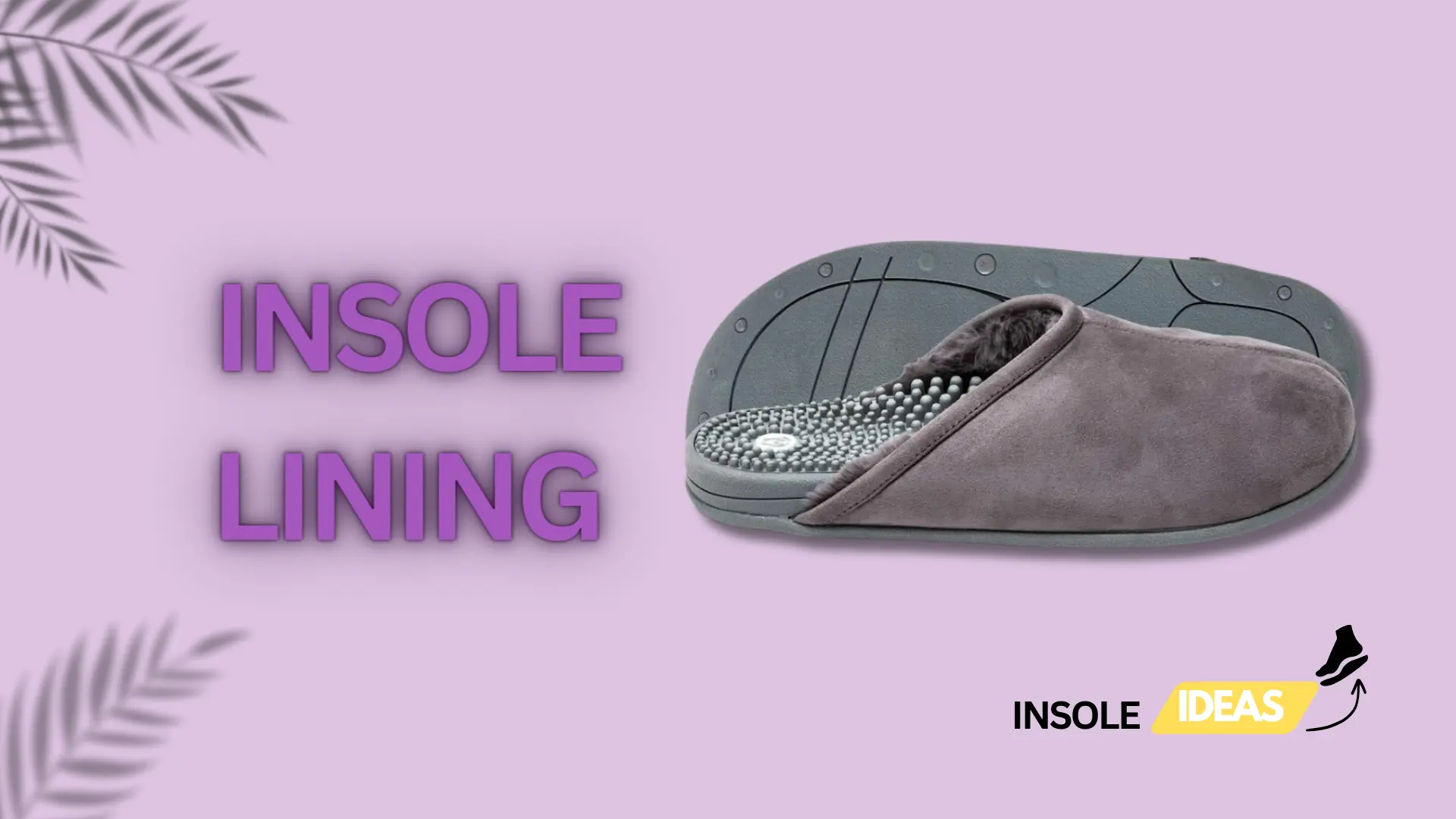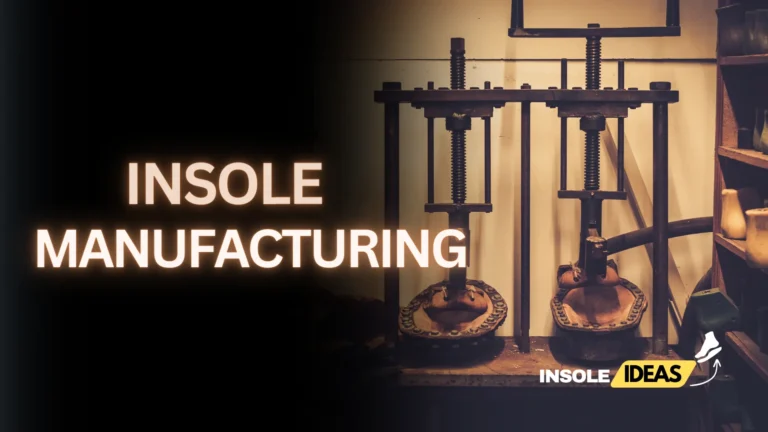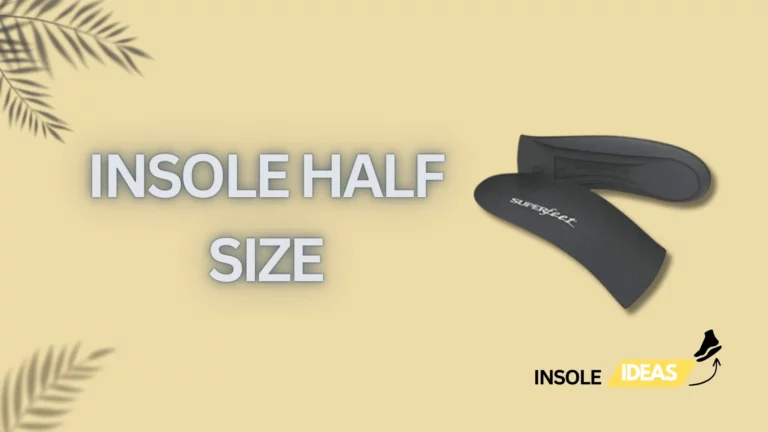Insole Lining: A Comprehensive Guide
Insole lining, a fundamental component of footwear, refers to the inner layer or material placed inside the shoe that directly contacts the sole of the foot. Its significance lies in its role in enhancing comfort, support, and overall performance of the footwear. Often overlooked, this component plays a crucial part in the user experience, impacting the feel and functionality of the shoe.
Types of Insole Linings
Materials Used
Leather
Leather insole linings are known for their durability, breathability, and ability to conform to the foot over time. They provide a luxurious feel and are often found in high-quality dress shoes or premium footwear.
Textile Fabrics
Textile fabric linings offer versatility and come in various options like cotton, polyester, or blends. These linings provide breathability and can be designed for moisture-wicking properties, making them suitable for a wide range of footwear styles.
Foam
Foam insole linings, commonly made of materials like EVA or memory foam, offer superior cushioning and shock absorption. They mold to the shape of the foot, providing customized comfort and support.
Gel Inserts
Gel inserts are designed to provide targeted cushioning and support. They are strategically placed within the insole to offer enhanced comfort and alleviate pressure points, often used in athletic or specialized footwear.
Functions and Benefits
Comfort and Cushioning
Insole linings contribute significantly to the overall comfort of the footwear by providing cushioning and a soft surface for the foot. They help prevent discomfort during prolonged use.
Moisture-Wicking and Breathability
Certain insole linings are engineered to wick away moisture, keeping the feet dry and reducing the chances of bacterial growth and odor.
Support and Stability
The right insole lining material can offer support and stability, aiding in proper foot alignment and reducing the risk of injuries or fatigue.
Impact Absorption
Materials like foam or gel inserts excel in absorbing and dispersing impact forces, protecting the feet and lower limbs from strain or injury during activities.
Insole Lining in Different Types of Footwear

Athletic Shoes
In athletic footwear, insole linings are crafted to meet specific performance needs. They often incorporate materials that provide exceptional shock absorption, cushioning, and support tailored for various sports or activities. Breathability and moisture management are also crucial aspects to enhance comfort during intense physical activities.
Casual Footwear
For casual shoes, insole linings focus on providing all-day comfort. Depending on the style and intended use, linings may vary from breathable textiles for everyday wear to cushioned options that offer a balance between comfort and support for extended wear.
Orthopedic and Specialized Footwear
In orthopedic and specialized footwear, insole linings play a critical role in addressing specific foot conditions or providing additional support. They are often customized to accommodate orthotics or cater to individuals with unique foot requirements, offering targeted support and cushioning.
Manufacturing Process of Insole Linings
Cutting and Shaping Materials
The manufacturing process involves cutting and shaping chosen materials according to the shoe design. Precise cutting ensures that the insole linings fit seamlessly within the footwear.
Bonding and Assembling
Once the materials are cut, they undergo a bonding process to create the layered structure of the insole lining. This process might involve adhesives or specialized techniques to ensure durability and longevity.
Quality Control and Testing
The entire production process is subjected to quality control procedures. Testing the insole linings for durability, comfort, and performance ensures that they meet the desired standards before being incorporated into the footwear.
Innovations and Advancements in Insole Lining Technology
Integration of Smart Materials
Recent innovations involve integrating smart materials into insole linings. These materials can monitor metrics like pressure points, temperature, or gait analysis. They contribute to personalized comfort and performance optimization.
Sustainable and Eco-Friendly Options
Advancements focus on eco-friendly materials and manufacturing processes for insole linings. From recycled materials to biodegradable options, the industry is leaning towards sustainable practices to reduce environmental impact.
Customization and Personalization
Technology allows for customizable insole linings tailored to individual foot shapes and preferences. 3D scanning and printing techniques enable the creation of bespoke insole linings for optimal comfort and support.
Care and Maintenance of Insole Linings
Cleaning Instructions
Proper care involves regular cleaning based on the material used in the insole lining. Instructions may vary from simple wiping for some materials to specialized cleaning methods for others to maintain hygiene and longevity.
Replacement and Repair
Insole linings, especially in high-use footwear, might require replacement due to wear and tear. Repair options might involve replacing specific sections or utilizing specialized services for restoration.
Conclusion
Insole linings, often overlooked, significantly contribute to the overall comfort, support, and performance of footwear. Their role in enhancing user experience and foot health cannot be overstated.




